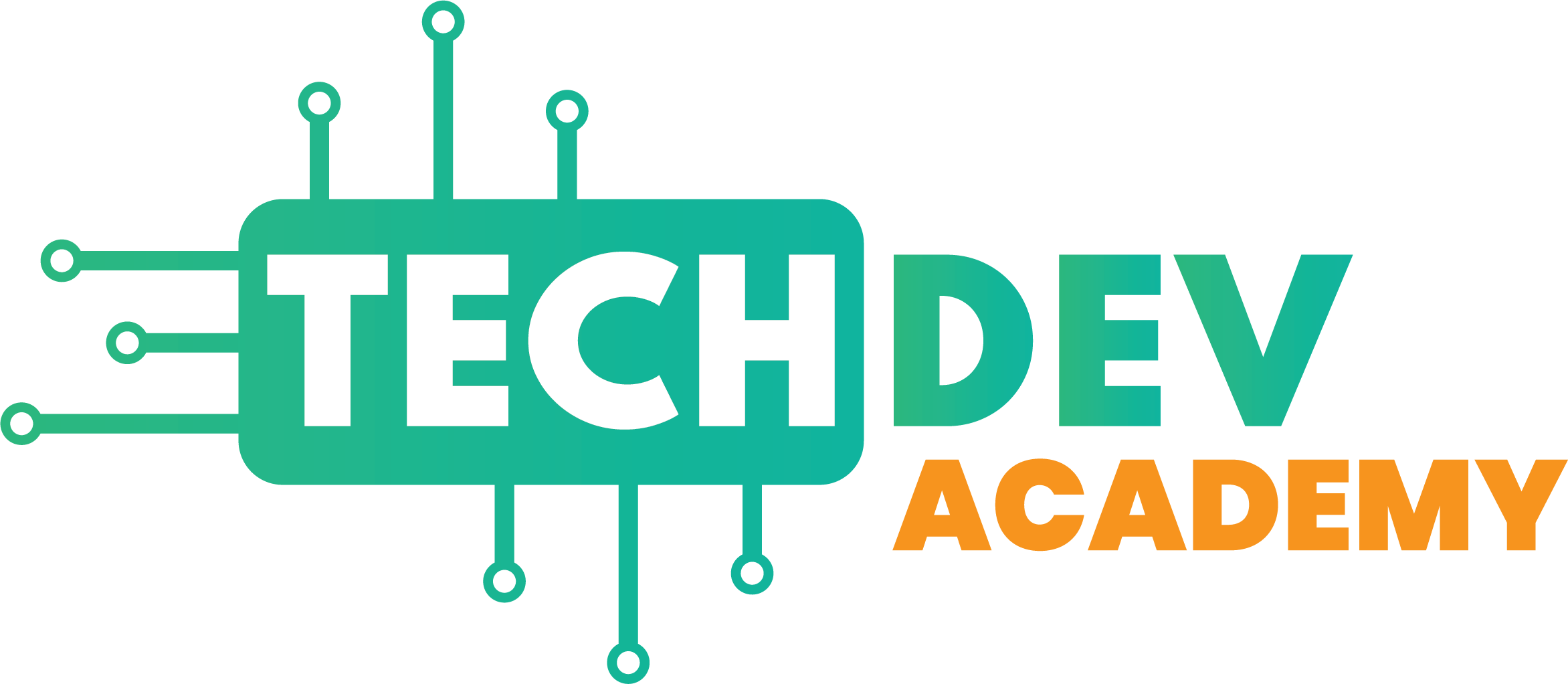According to the National Home Education Research Institute[1], the number of homeschooled students in grades K-12 in the U.S. during March of 2021 was anticipated to be 4.5 to 5 million. Though the country’s homeschooled population has been growing steadily over the past several years at 2% to 8% per annum, the growth was drastic from 2019-2020 to 2020-2021. Before taking a closer look at the different aspects of homeschooling, let’s understand what it involves.
Homeschooling is an educational approach where the teaching is tailored exclusively to suit the individual child rather than adhering to a standardized curriculum or a set of guidelines. There does not exist an exact formula for homeschooling. Be it the philosophies you decide to use, the educational structures you want to implement, the curriculum you want to follow, or the day-to-day study schedules you want to stick to, everything is typically decided by the child’s parent or guardian based on what would best suit the learning needs of the child.
How does homeschooling work?
Before you choose a homeschooling program, you need to check your state’s regulations for homeschooling. Since homeschooling regulations vary between states, you should check if the type of homeschooling program that you desire for your child is compliant with your state requirements. For instance, Illinois or Idaho residents can choose a more informal method of education where they do not need to contact the school district or get the curriculum approved. However, such options may not be available if you live in Washington (where the teacher should be certified to teach) or New York (where quarterly and annual assessment reports need to be provided by the child’s parents or guardians). The best option for you is to get in touch with your local school district to obtain an updated list of criteria and requirements to decide if homeschooling would be a better choice for your child.
Once you have gained clarity about your state’s homeschooling requirements and figured out the programs that you can choose from, you will need to take your final pick. Typically, the types of homeschooling programs made available would include the following:
- Traditional programs: With these, you will be creating a school setting at home for your child, which would include a curriculum, schedules, books, writing assignments, and tests. Depending on your state laws, you or a certified teaching professional will be actively playing the teacher’s role. Apart from the hands-on teaching activities, you or the teacher will also need to note the child’s attendance, credits, grading, and other technical matters that teachers usually have to handle.
- Online homeschooling programs: Many accredited schools as well as other educational organizations offer these programs that include curricula, tests, quizzes, pre-recorded videos, note-taking guides, and everything else to help you provide your child with quality education at home. However, unlike traditional homeschooling, these programs are not as flexible. Some programs may need your child to log in at particular times to access live classes with video feeds from instructors.
- Blended learning programs: These are a blend of online and traditional curriculum to offer more variety in classes and better customization to meet different learning styles and abilities. By bringing the best of both worlds, these programs give parents or guardians more freedom to teach subjects they love and enjoy while choosing an online expert for the ones they are not comfortable instructing. The curriculum and lessons of the blended learning programs depend on your child’s learning style. You can make your child take a learning style assessment if you are not sure how he/she learns the best.
- Unschooling: Under this concept of natural and personal learning, a child learns via personal interests rather than following a specific curriculum. The focus in such programs is to encourage exploration and learning through non-traditional methods, such as household responsibilities, elective traveling, extra-curricular activities, play, classes, jobs/internships, etc. where the child initiates what he/she is learning.
- Homeschooling with an “umbrella organization”: You can also choose homeschooling networks and co-ops that manage several homeschooling families and would invite your child to take part in activities and attend gatherings with other homeschooled children. This will provide your child with group classes, social networks, playdates, and other social events that are necessary for his/her all-round development.
Who can decide on homeschooling?
Parents or guardians can decide if homeschooling is right for the child. Once, religious motivation was a key factor in choosing to homeschool but today, it has become a lifestyle choice. Safety (from school shootings, drugs, and bullying) and avoiding peer pressure together with flexibility and convenience are some other factors that make parents and guardians opt for homeschooling.
What might be its advantages and disadvantages?
Before you embark on homeschooling for your child, you should know about its advantages and disadvantages. Here are some of them, which would help you to make the right choice.
Homeschooling advantages
 More educational freedom and flexibility: The ability to select your child’s curriculum is the biggest advantage of homeschooling. From deciding what your child would study to when he/she would do it and for how long, homeschooling gives you much more freedom and flexibility than the rigid structure of the public school setting.
More educational freedom and flexibility: The ability to select your child’s curriculum is the biggest advantage of homeschooling. From deciding what your child would study to when he/she would do it and for how long, homeschooling gives you much more freedom and flexibility than the rigid structure of the public school setting.
- Increased emotional and physical safety: Homeschooling lets your child learn from the safe environment of home, thus protecting him/her against peer pressure, unnecessary competition, bullying, drugs, and poor self-esteem issues.
- Improved productivity: Unlike the diluted attention of the teacher in public schools where a lone teacher has to handle about 20 to 30 children, homeschooling delivers one-on-one instruction from the teacher to the child. This gives a significant boost to the latter’s productivity and performance.
- Better relationships: Homeschooled children are found to have better emotional stability and are better adept socially while showing less destructive behavior than their publicly educated peers. Thus, they often have better interpersonal and occupational relationships.
Homeschooling disadvantages
- Enhanced levels of stress: From deciding on the curriculum and arranging books and other learning materials to providing hands-on learning experiences and activities, homeschooling can be extremely stressful – both physically and emotionally, for parents and guardians.
- Expensive: Homeschooling is expensive. Apart from the cost of books and supplies, you also have to consider that homeschooling is not subsidized by taxpayer dollars, unlike public schooling. Additionally, the parent/guardian who is in charge of the child’s education may not be able to work and earn, which would mean an additional financial burden on a single-income family.
- Limited extra-curricular activities: Homeschooled children have limited opportunities to get involved in team sports or extra-curricular activities. This pressurizes parents/guardians as they have to plan such activities to keep their children constructively occupied.
Despite these disadvantages, most parents and guardians say homeschooling their child is certainly worth it.
[1] https://www.nheri.org/research-facts-on-homeschooling/



